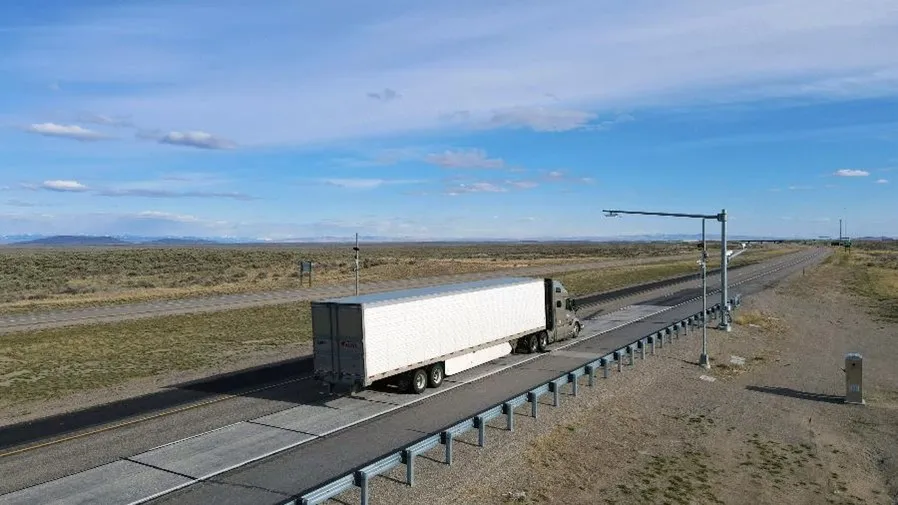Schneider Electric and McAfee are to partner to provide cybersecurity solutions for the utility and critical infrastructure market.
This collaboration will enable Schneider Electric customers to add tested and certified application white-listing capabilities in the management of core offerings of water, oil and gas, electric networks and transportation infrastructures. This will strengthen customers’ operations technology (OT) security and lower ownership costs without significantly impacting the perfor
March 24, 2014
Read time: 2 mins
This collaboration will enable Schneider Electric customers to add tested and certified application white-listing capabilities in the management of core offerings of water, oil and gas, electric networks and transportation infrastructures. This will strengthen customers’ operations technology (OT) security and lower ownership costs without significantly impacting the performance of critical solutions.
This includes being able to monitor and manage changes to mitigate malicious or accidental system modifications, preventing execution of unauthorised code and many common malware on their systems. These capabilities protect critical systems from zero-day attacks, reduce in-field breakage, and keep systems and devices compliant with security standards through patch cycles. The supported portfolio of products includes leading SCADA and energy management solutions.
McAfee embedded control, integrity control and application control solutions will increase the safety, availability and reliability of critical infrastructure environments around the world.
The combination of both companies’ capabilities will enable customers to enforce change policy and provide comprehensive and automated audit capabilities for industrial control system environments.









